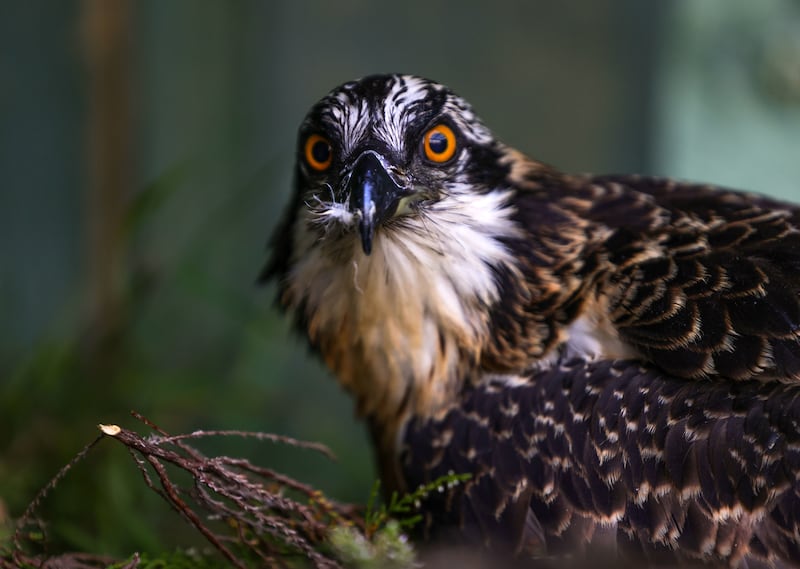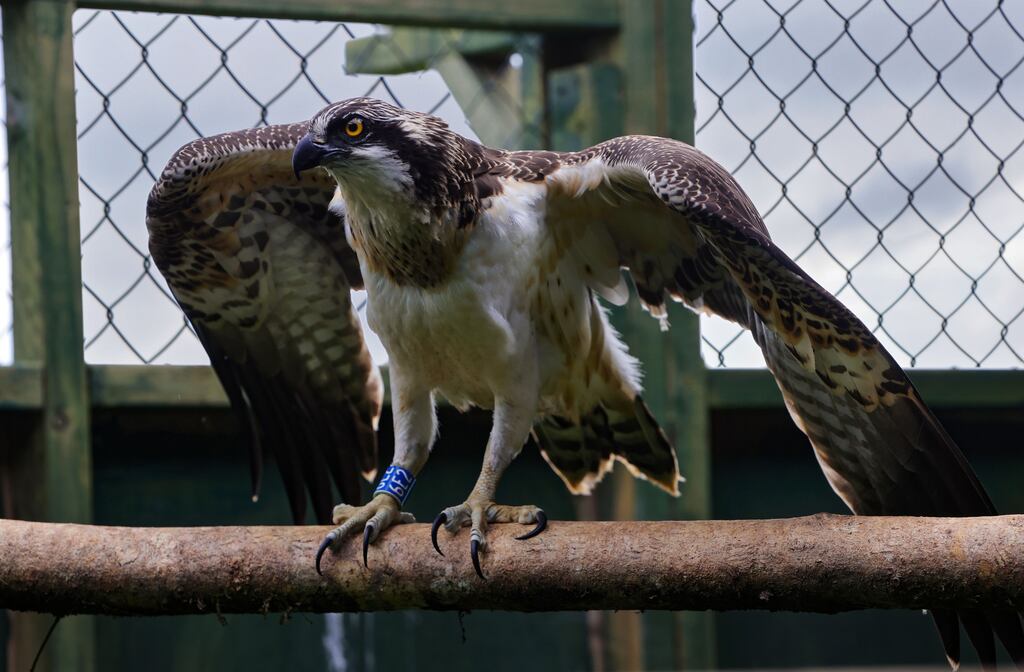The first osprey chicks to be released under the National Parks and Wildlife Service five-year reintroduction programme flew into the skies in Co Waterford last weekend.
Nine chicks were brought from Norway to Co Kerry earlier this summer and held at a secure location. They are being gradually released into the wild.
Over the next five years, between 50 and 70 osprey chicks are to be brought to Ireland from Norway.
The programme is similar to the white-tailed sea eagle project which began in Killarney National Park 16 years ago and which now sees annual hatchings and the dispersal of fledglings throughout Munster and other parts of the island.
READ MORE
The osprey release follows the announcement of the first ospreys to breed on the island of Ireland in 200 years, in the lake lands of Co Fermanagh.
Ospreys are fish-eating birds of prey which need habitats which are close to rivers, lakes or coastal areas to ensure a sufficient supply of food.
Also known as the fish hawk, the species became extinct as breeding birds in Ireland over 200 ago but have continued to visit the island as part of their migratory pattern. In early May, a large osprey was spotted fishing in the Lakes of Killarney – the largest of the lakes has a site called Osprey rock.
Minister of State for Heritage Malcolm Noonan said the release of the ospreys in the southeast was a “milestone moment” and particularly exciting given the news of a breeding pair in Northern Ireland.
“It is a positive sign of the quality of the habitats on this island and gives us reason for great hope that these chicks will eventually breed here too and reminds us that biodiversity action can – and does – yield positive returns,” he said.
He thanked the farming community in the southeast for their co-operation.
“Similar to the white-tailed eagle programme, the success of this initiative relies on the support of our farmers and landowners, who are working together with an experienced NPWS team, and I’d like to express my sincere gratitude to them for their contribution in bringing this spectacular bird back to our skies.”

Erecting nesting platforms will form part of the NPWS programme in conjunction with the UK and Norwegian wildlife experts. Ospreys are monogamous and are known to nest for up to 20 years on the same treetop platform.
Other European countries which have successfully reintroduced the osprey have also been consulted.
Philip Buckley, divisional manager at NPWS Southwest, who heads up the osprey reintroduction programme, said there had been considerable preparation.
“In preparation for this programme, we drew on significant experience of countries around Europe who have reintroduced the osprey resulting in sizeable breeding populations over time. Identifying a suitable habitat which the birds will return to each year is key, and I would like to thank the farming community in the southeast for their engagement and co-operation.”











